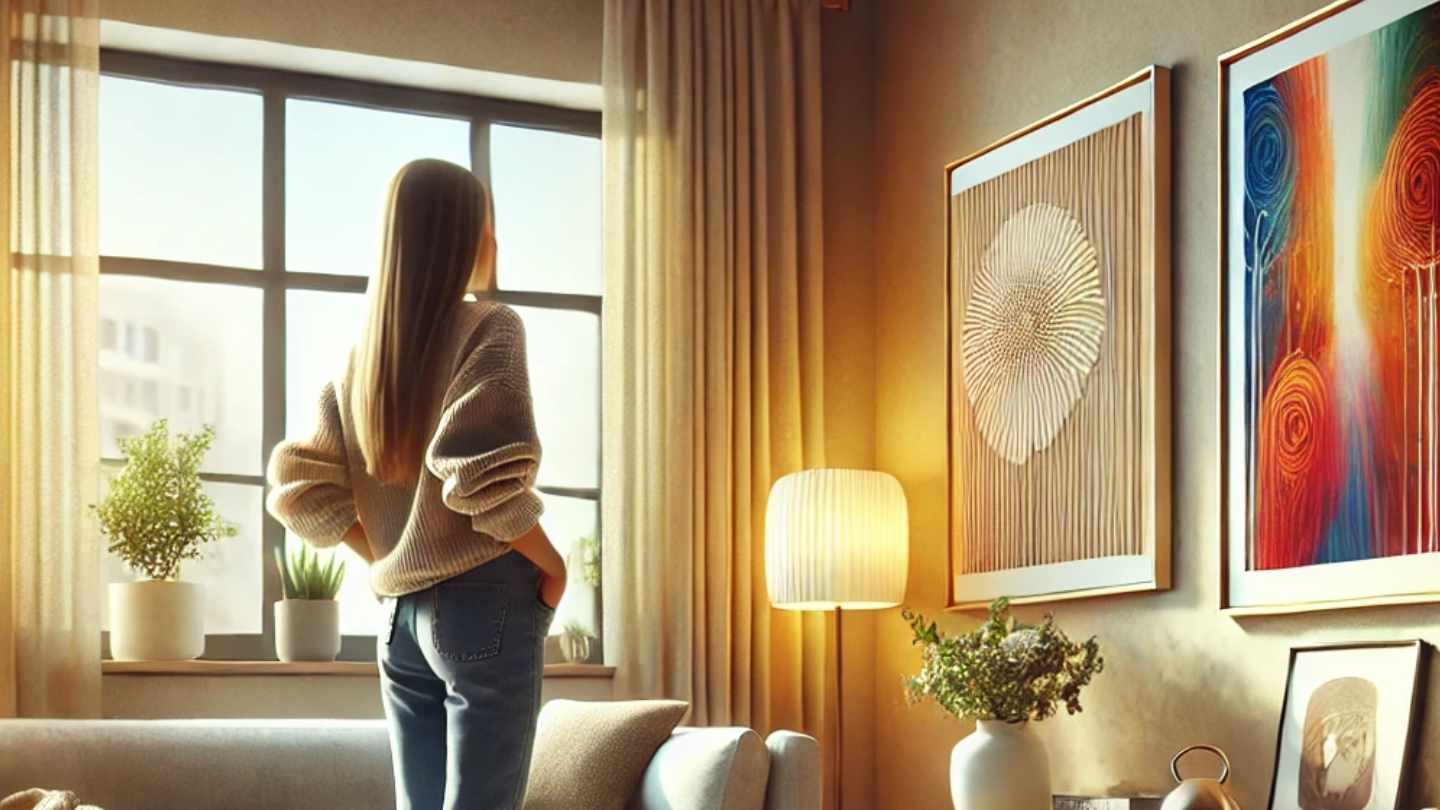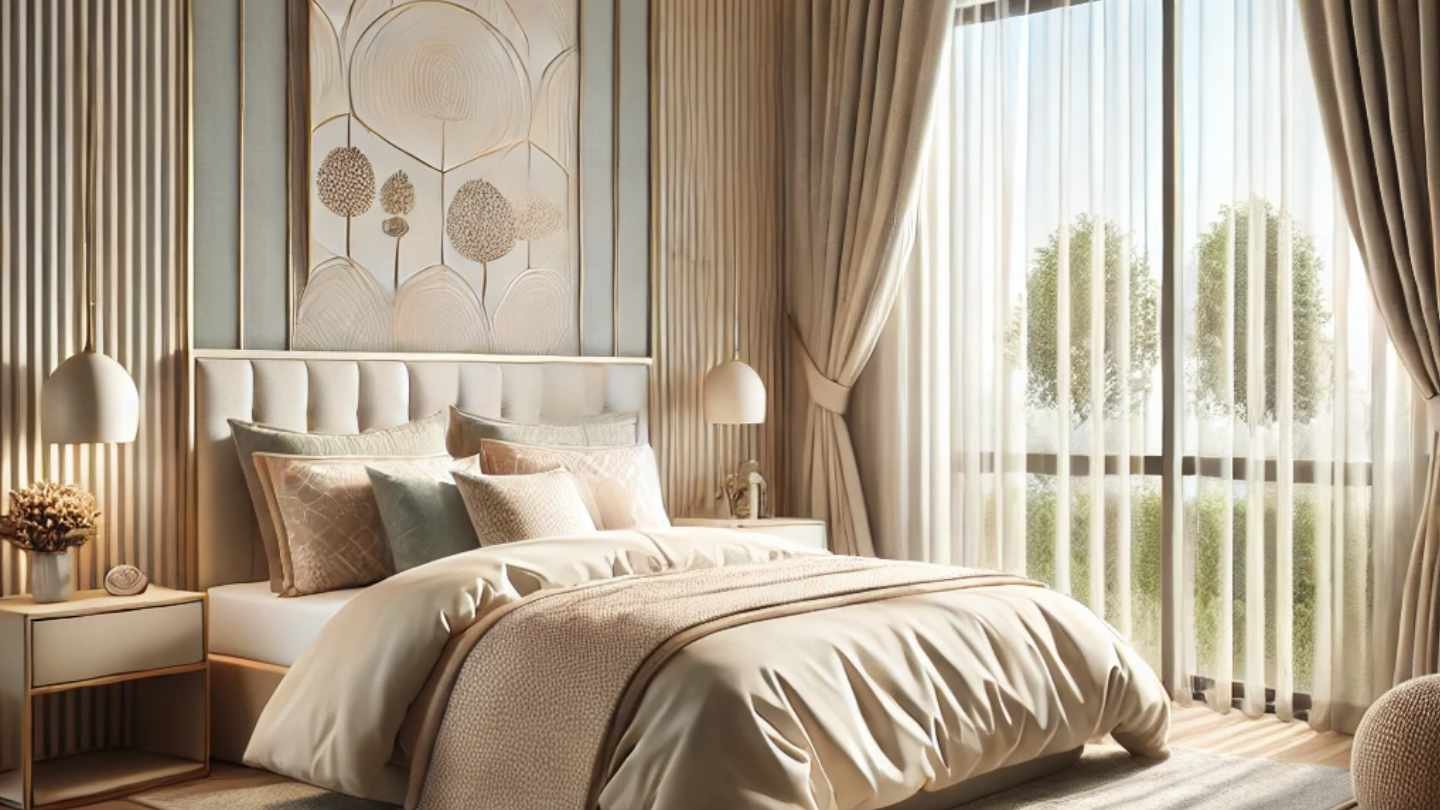
The Power of Wall Art How It Transforms Spaces
The Famous Artist Edgar Degas once commented on Art: “Painting is easy when you don’t know how, but very difficult when you do.” – “I think of art as the highest level of creativity.
The Power of Wall Art It Transforms Spaces, whether it’s a painting, a photograph, or a piece of abstract art, can do more than just decorate a space.
It has the power to transform a room, evoke emotions, and reflect our personalities. In this article, we’ll explore The Power of Wall Art How It Transforms Spaces and creates a sense of identity.
Creating a Focal Point
One of the primary functions of wall art is to create a focal point in a room. A striking piece of art can draw the eye and immediately set the tone for the entire space. Whether it’s a large-scale canvas or a collection of smaller pieces, the right artwork can transform a bland wall into a captivating feature.
Expressing Personality
Wall art is a personal expression. The pieces we choose reflect our tastes, interests, and experiences. Whether it’s a family portrait, a piece of abstract art, or a vintage poster, our choices reveal who we are and what we value. By surrounding ourselves with art that resonates with us, we create a space that feels uniquely our own.
Evoking Emotions
Wall art can evoke a wide range of emotions. A serene landscape painting can create a sense of calm, while a vibrant abstract piece can energize a room. The colors, textures, and subject matter of a piece of art can all influence our mood and emotional state.
Enhancing the Atmosphere
The right wall art can enhance the overall atmosphere of a room. A piece of art that complements the color palette and style of the furnishings can create a harmonious and inviting space. Conversely, a piece that clashes with the existing decor can disrupt the flow and create a sense of disharmony.
Wall art is more than just a decorative element; it’s a powerful tool for transforming spaces and expressing ourselves. By carefully selecting pieces that resonate with us, we can create environments that are both aesthetically pleasing and emotionally fulfilling. So, the next time you’re looking to enhance your living space, consider the transformative power of wall art.

Art has a profound ability to influence emotions due to its capacity to engage our senses, thoughts, and feelings. Here’s how art can affect our emotions
1. Visual Stimuli
-
- Color Psychology: Colors can evoke specific emotions; for example, warm colors like red and orange may inspire passion or energy, while cool colors like blue and green can evoke calm or sadness.
- Shapes and Forms: Soft, flowing shapes can create a sense of comfort, while sharp, angular forms might convey tension or dynamism.
2. Storytelling and Context
Art often tells a story or conveys a message, which can connect with viewers on a personal level. For example, a painting depicting a serene landscape may evoke peace, while an abstract work with chaotic brushstrokes might convey turmoil.
3. Symbolism and Association
Cultural symbols, motifs, or familiar imagery can trigger emotional responses based on personal or collective experiences. For example, a painting of a sunset might remind someone of a cherished memory, evoking nostalgia.
4. Texture and Medium
The physicality of art, such as thick paint strokes or smooth digital designs, can stimulate tactile or visual sensations, influencing how it is emotionally perceived.
5. Music and Sound (for multimedia art)
Art forms like film or installations often incorporate sound, which enhances emotional impact. For example, a haunting melody in a film can amplify feelings of sadness or suspense.
6. Personal Connection
Viewers project their own experiences and emotions onto art, creating unique interpretations. A piece may evoke joy for one person and sadness for another, depending on their personal context.
7. Immediacy vs. Subtlety
Some art evokes immediate reactions, like surprise or awe, while other pieces have a subtle impact, growing more meaningful upon reflection.
Examples of Emotional Effects:
-
- Inspiration: Motivational art can inspire action or creativity.
- Empathy: Realistic portraits or evocative narratives can foster understanding of others’ experiences.
- Catharsis: Art that explores deep or challenging emotions allows viewers to process their own feelings.



0 Comments